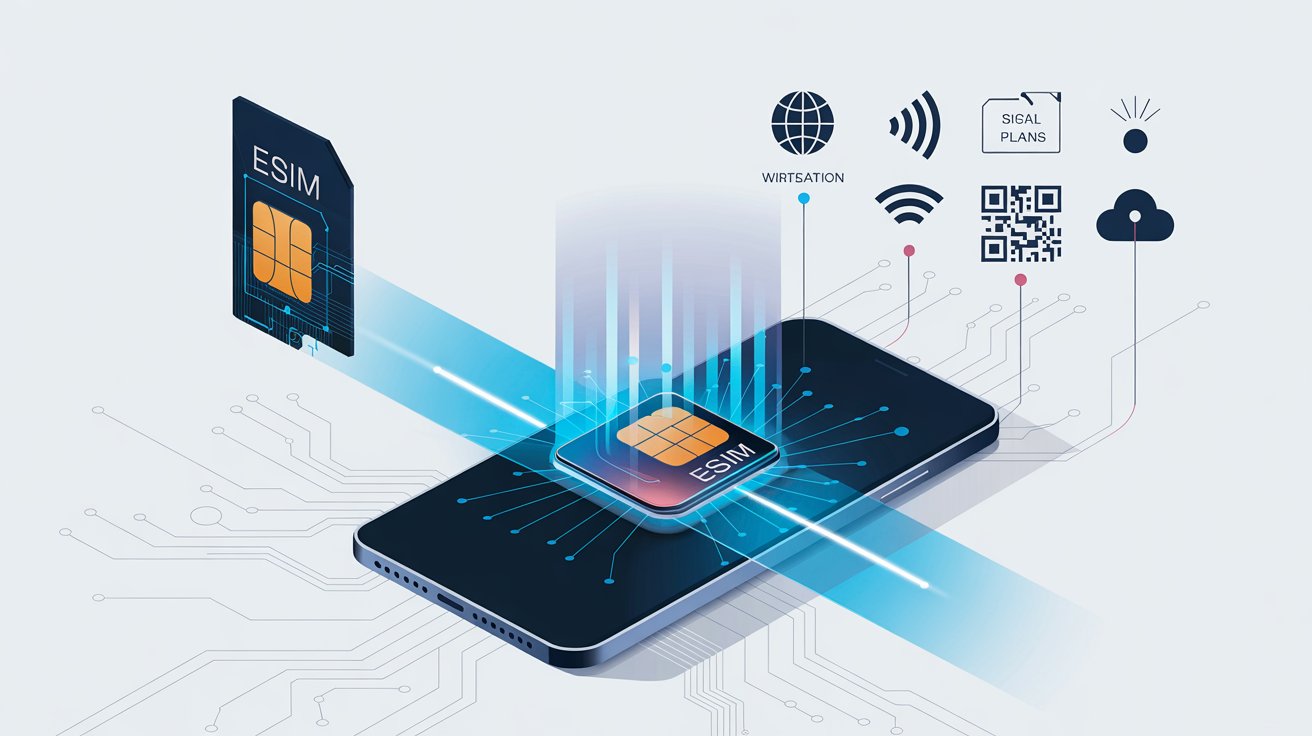Introduction to SIM Technologies
In today’s digital world, staying connected while traveling is essential. One critical decision travelers must make is choosing between eSIM and physical SIM cards. Both have their unique advantages, but which one reigns supreme for globetrotters? Let’s explore the comparison in detail.
Understanding eSIM and Physical SIM
 A physical SIM card is a small piece of plastic that connects your device to your mobile network. On the other hand, an eSIM (embedded SIM) is a programmable chip embedded within your device. This technology allows users to switch carriers and activate different plans without needing to physically swap out a card.
A physical SIM card is a small piece of plastic that connects your device to your mobile network. On the other hand, an eSIM (embedded SIM) is a programmable chip embedded within your device. This technology allows users to switch carriers and activate different plans without needing to physically swap out a card.
Pros and Cons for Travelers
Travelers can benefit greatly from using eSIMs. They can easily access multiple networks by downloading profiles, which provides flexibility and convenience, especially in foreign countries. However, not all devices support eSIM technology, which could be a limiting factor.
Meanwhile, physical SIM cards are widely compatible with most phones and offer straightforward activation. However, they can create a hassle if you need to change your card frequently, as you must locate a physical store.
Ultimately, choosing between eSIM and physical SIM depends on your travel needs and device compatibility. For those who frequently switch networks or travel internationally, eSIM technology offers a modern, hassle-free solution. Yet, for others, the simplicity and availability of a physical SIM may still hold appeal.

